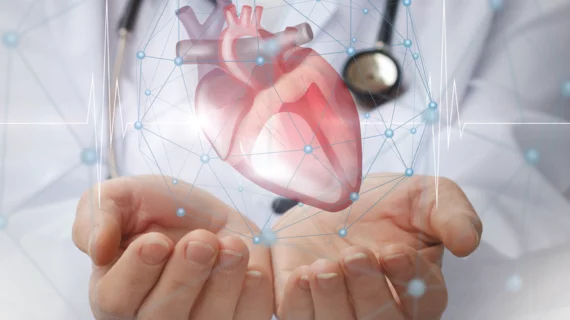Trabeculae, detailed networks of muscle fibers on the heart, were first sketched by Leonardo da Vinci 500 years ago. He wondered what they were and what, exactly, they did.
Now, a team of researchers has used AI technology and medical imaging to uncover new details about how trabeculae work, sharing their findings in Nature.
The researchers used advanced AI algorithms to analyze 25,000 MRI scans of the heart, focusing on both heart morphology and genetic data. They noted that the trabeculae appear to help blood flow during each and every heartbeat—and the shape of the fibers appear to be connected to the person’s risk of heart disease.
Additional research, the team emphasized, may reveal important new information about the development of heart disease.
“Our findings answer very old questions in basic human biology,” co-author Ewan Birney, deputy director general of the European Molecular Biology Laboratory, said in a statement. “As large-scale genetic analyses and artificial intelligence progress, we’re rebooting our understanding of physiology to an unprecedented scale.”
“Leonardo da Vinci sketched these intricate muscles inside the heart 500 years ago, and it’s only now that we’re beginning to understand how important they are to human health. This work offers an exciting new direction for research into heart failure, which affects the lives of nearly one million people in the U.K.,” contributing author Declan O’Regan, PhD, a radiologist at the MRC London Institute of Medical Sciences, said in the same statement.
The full Nature analysis is available here.

